Jali Blocks
Products
Trust the Experience Of Our Jali blocks Products
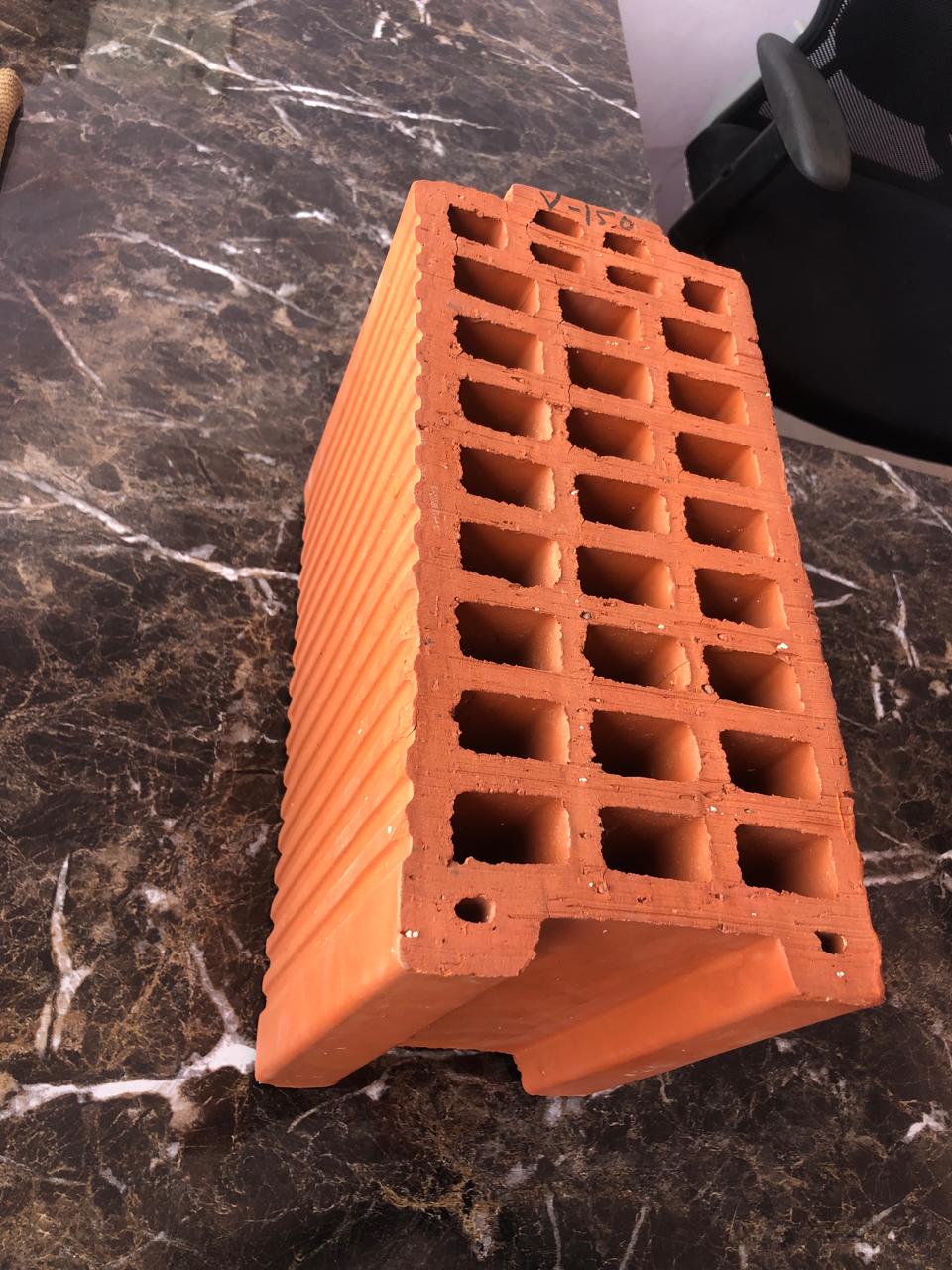
Jali blocks
Size: 300x200x150
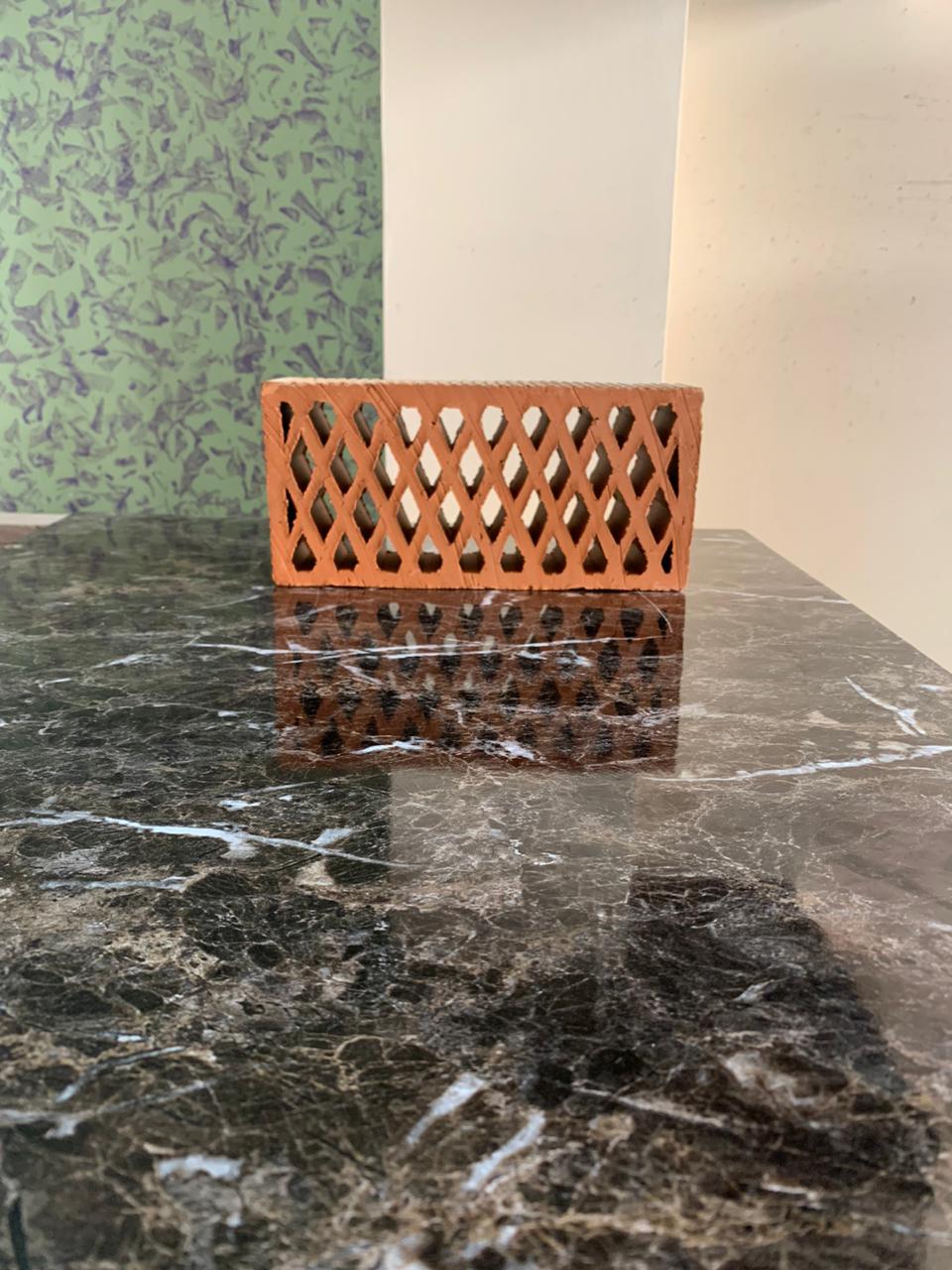
Jali blocks
Size: 300x150x75
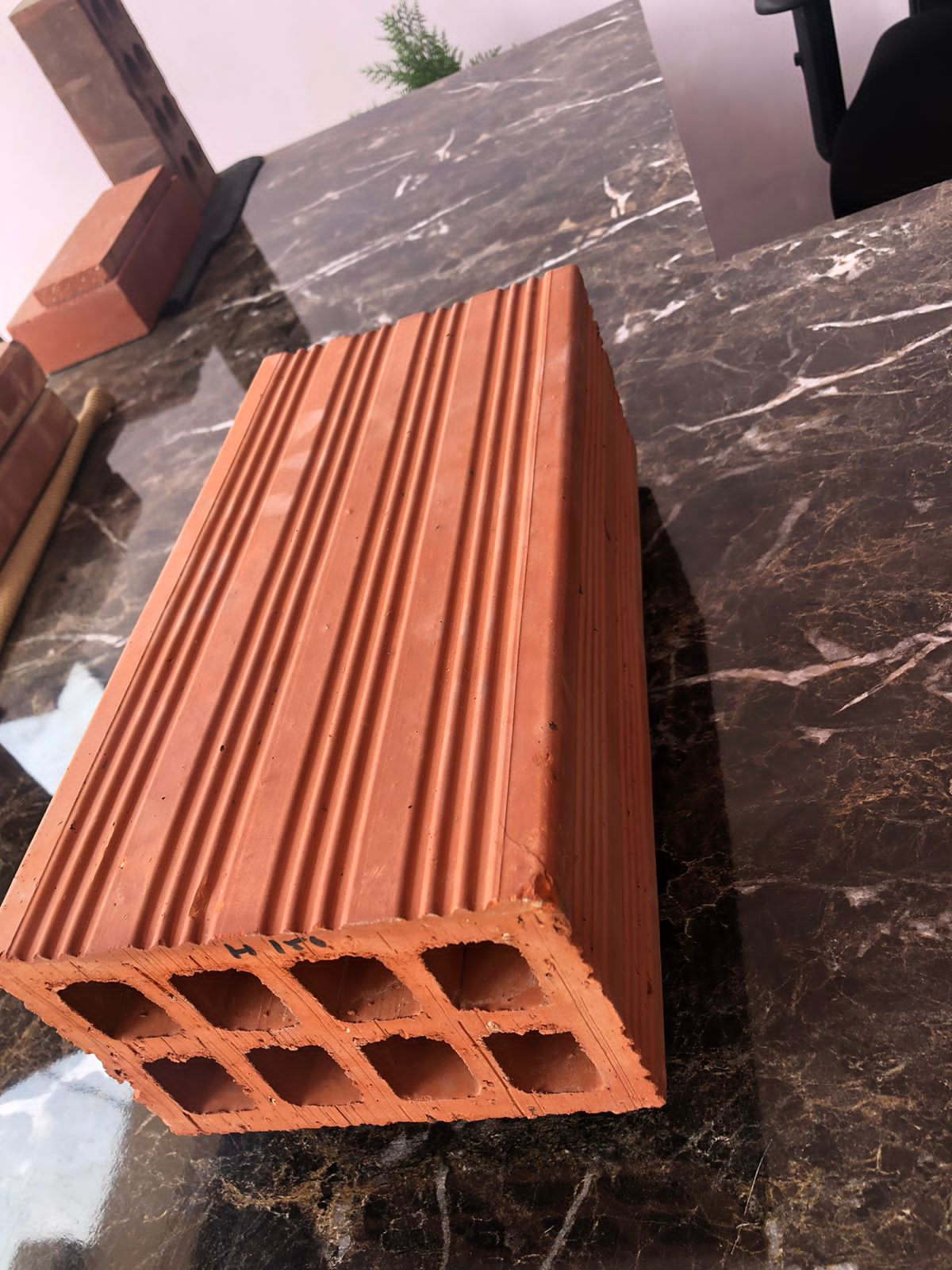
Jali Blocks
Size: 300x150x100
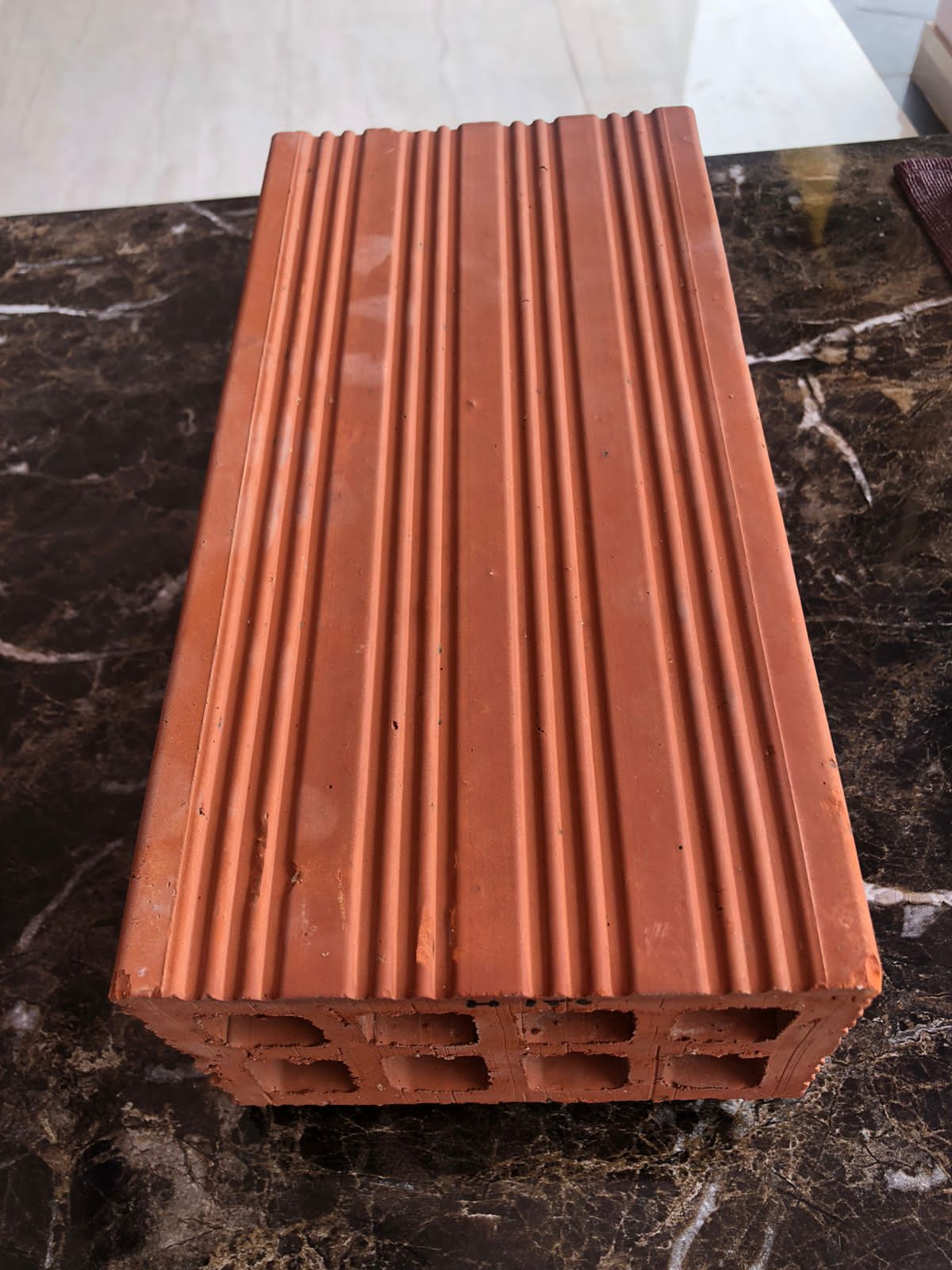
Jali Blocks
Size: 300x150x100
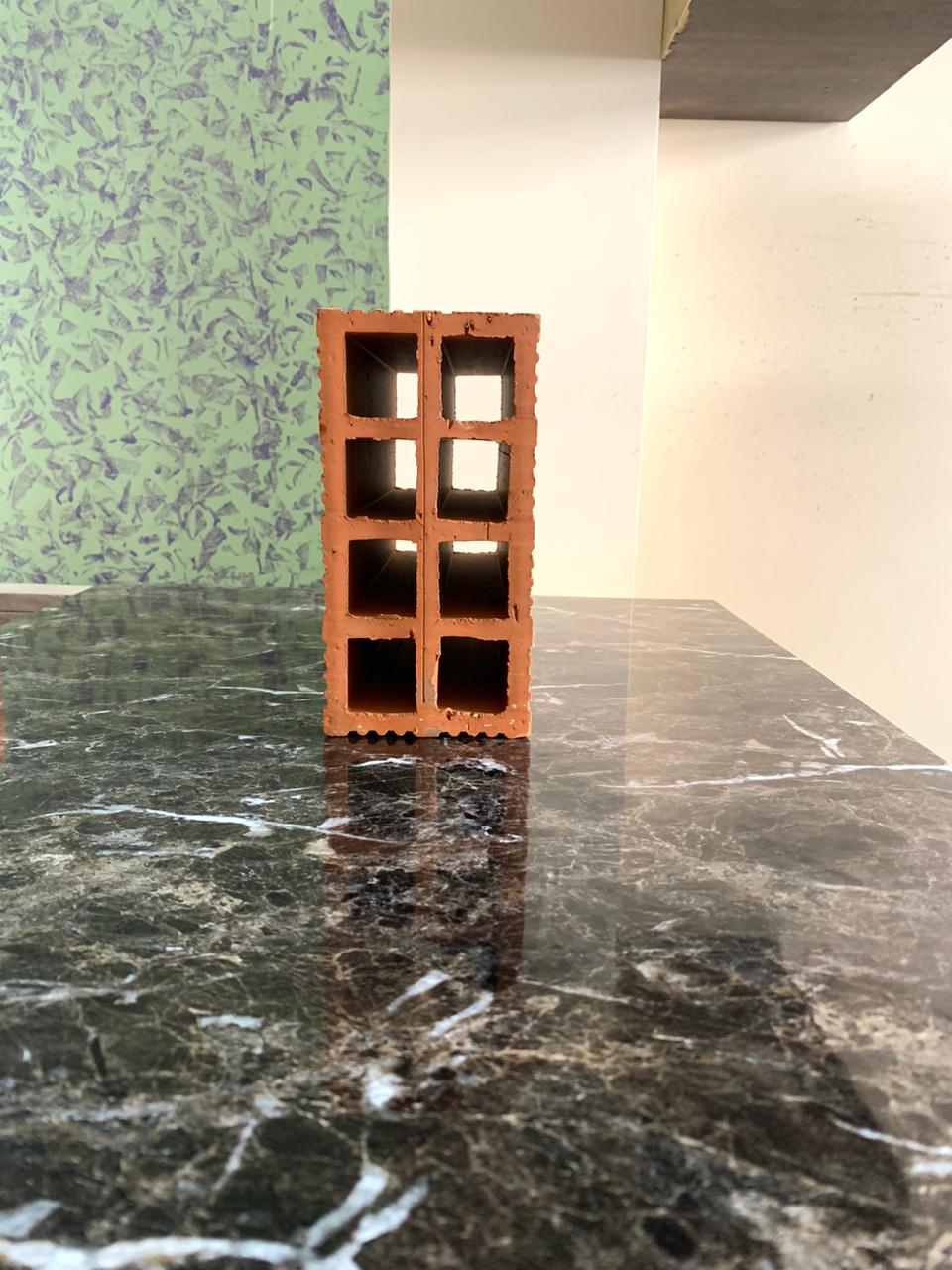
Jali Blocks
Size: 300x200x100
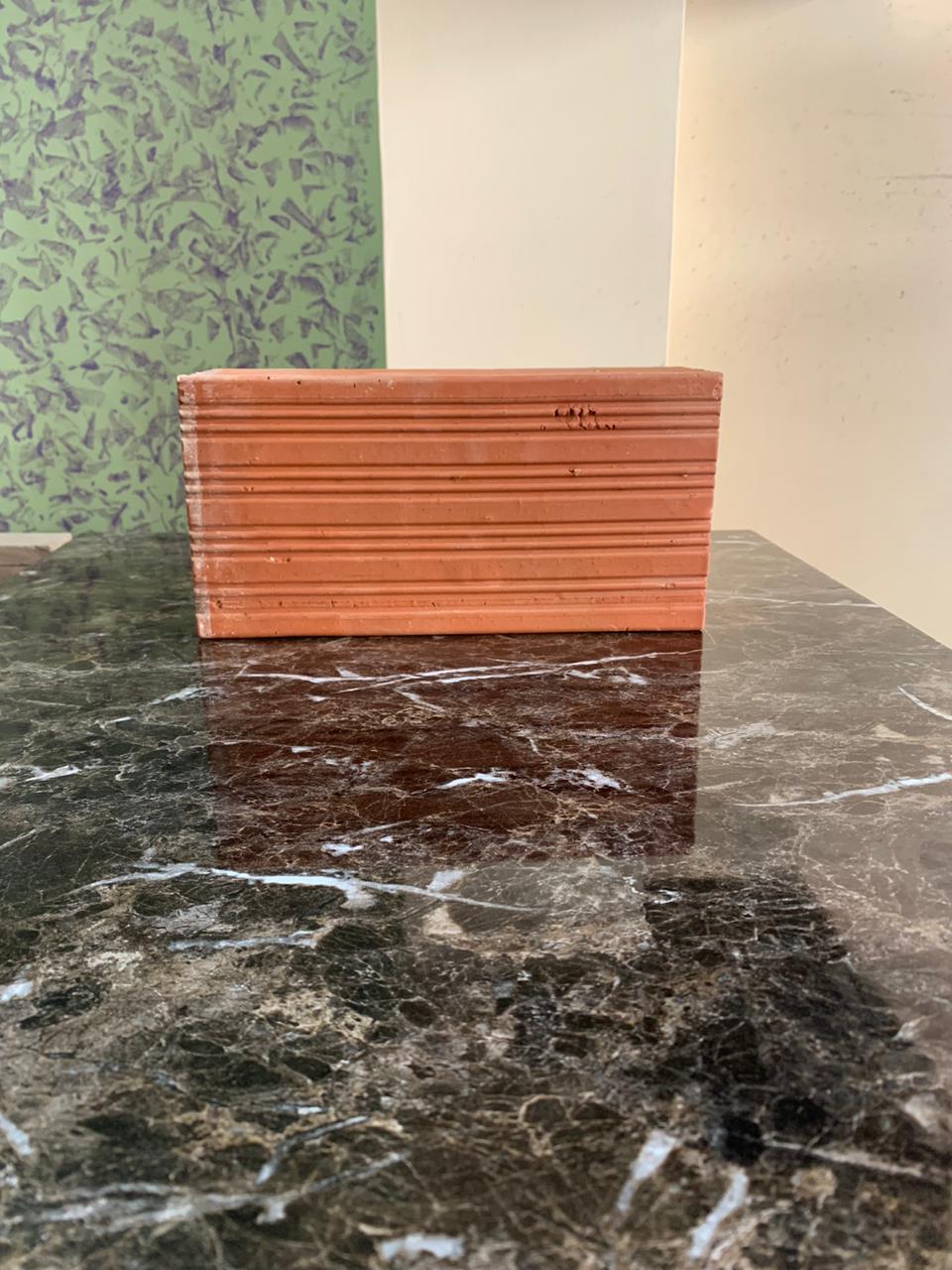
Jali Blocks
Size: 400x200x150
Jali Block: The Modern Architectural Marvel
When it comes to merging beauty with functionality in architecture, Jali blocks have carved a niche for themselves. Whether used in traditional or modern designs, jali blocks bring both aesthetic appeal and practical benefits to any structure. From their ancient roots to their rising popularity in contemporary architecture, jali blocks continue to be a significant architectural element that offers more than just a decorative touch.
But what makes jali blocks so special? Let’s explore the history, benefits, and modern applications of these versatile structures, and how they are shaping the future of architectural design.
The History of Jali Blocks
The word jali is derived from the Persian language, meaning “net” or “lattice.” Traditionally, jalis were latticed screens used extensively in Indian and Islamic architecture, particularly during the Mughal era. Originally crafted from stone or terracotta, these perforated panels added a sense of grandeur to structures like palaces, mosques, and forts. Jalis were used not only for decoration but also for privacy and natural ventilation, making them a functional part of architectural design.
The jali block is a modern evolution of this traditional concept. While the original jalis were often made from stone or clay, today’s jali blocks are typically crafted from concrete, terracotta, or other materials that offer both durability and design flexibility. Despite the change in materials, the essence of the jali block remains the same—providing both beauty and function.
The Benefits of Using Jali Blocks
Jali blocks aren’t just a pretty architectural feature. They offer a range of benefits that make them a smart choice for modern construction projects, whether for homes, offices, or public spaces. Here’s why jali blocks are gaining popularity:
1. Natural Ventilation
One of the core functions of a jali block is to allow air circulation while offering shade. This makes them particularly valuable in hot climates where airflow is essential for cooling down indoor spaces. The perforations in the jali block act as tiny windows, letting in fresh air while blocking out the harsh sunlight. This reduces the need for artificial cooling systems, making buildings more energy-efficient.
2. Enhanced Privacy
While modern architecture often leans towards open, airy spaces, there’s still a need for privacy—especially in urban environments. Jali blocks provide a clever solution, offering a semi-transparent barrier that maintains privacy without shutting out light or air. Whether used in a garden, a room divider, or an exterior wall, jali blocks create a space that feels secluded yet open.
3. Aesthetic Versatility
Jali blocks are highly versatile when it comes to design. They come in various materials, patterns, and sizes, allowing for endless creative possibilities. From intricate floral designs to sleek geometric patterns, jali blocks can be tailored to suit any design style, whether you’re going for a traditional or modern look.
4. Energy Efficiency
By controlling the amount of sunlight that enters a building, jali blocks can significantly reduce the need for artificial lighting and air conditioning. The blocks act as a natural filter, allowing light and air to pass through while blocking excessive heat. This contributes to a more sustainable and energy-efficient building design, reducing electricity consumption and lowering carbon footprints.
5. Durability
Made from materials like terracotta, concrete, or ceramic, jali blocks are built to last. They are resistant to weather conditions and can withstand the test of time without losing their structural integrity or aesthetic appeal. This makes them an ideal choice for both interior and exterior applications.
6. Eco-Friendly
As sustainability becomes a major focus in modern architecture, jali blocks are emerging as an eco-friendly building material. They are often made from natural or recycled materials, and their ability to reduce energy consumption aligns with the growing trend towards green building practices.
Modern Applications of Jali Blocks
The beauty of jali blocks lies in their adaptability. While they have been a part of traditional architecture for centuries, they have seamlessly integrated into modern design. Here’s how jali blocks are being used in contemporary architecture:
1. Building Facades
Jali blocks are often used as decorative facades, adding texture and visual interest to a building’s exterior. The perforated design allows sunlight to filter through, creating dynamic light patterns while providing shade and ventilation. This not only enhances the aesthetic appeal of the building but also improves its energy efficiency.
2. Room Dividers
In open-plan homes and offices, jali blocks serve as elegant room dividers. They create a sense of separation without completely enclosing the space, allowing for a flow of light and air. This makes them a popular choice for modern interiors that prioritize openness and flexibility.
3. Garden Walls and Partitions
For outdoor spaces, jali blocks are a popular choice for garden walls and partitions. Their porous design allows plants to grow through the gaps, integrating nature with architecture. The blocks provide privacy while maintaining a connection with the surrounding environment, making them perfect for urban gardens and courtyards.
4. Ventilation Panels
In both residential and commercial buildings, jali blocks are used as ventilation panels. Their ability to regulate airflow and light makes them ideal for creating a comfortable indoor environment, particularly in hot climates. These panels can be integrated into walls, windows, or even ceilings for a seamless design.
5. Decorative Accents
In modern architecture, jali blocks are also used as purely decorative elements. Whether placed in a garden, used as a feature wall, or integrated into furniture, jali blocks add an artistic, handcrafted touch to any space. The versatility of their design allows them to fit into both minimalist and maximalist styles, making them a favorite among designers.
The Future of Jali Blocks in Architecture
As architects and designers continue to explore sustainable and functional materials, jali blocks are likely to play a significant role in the future of architecture. Their ability to merge beauty with practicality makes them a valuable asset in modern design, especially as the focus shifts towards eco-friendly and energy-efficient building solutions.
Moreover, with advancements in manufacturing, jali blocks are becoming even more versatile. From 3D-printed jalis to laser-cut designs, the possibilities are endless. This opens up new opportunities for designers to push the boundaries of creativity while maintaining the functional benefits that jali blocks have always offered.
Conclusion:
Why Jali Blocks Are the Perfect Blend of Tradition and Innovation
Jali blocks are a timeless architectural element that continues to evolve with modern design trends. Whether used for their functional benefits—such as natural ventilation, privacy, and energy efficiency—or simply for their aesthetic appeal, jali blocks remain a versatile and valuable addition to any space.
As the demand for sustainable and innovative building materials grows, jali blocks are poised to play a central role in the future of architecture. Their ability to seamlessly blend tradition with contemporary design makes them the perfect choice for architects, builders, and homeowners looking to create spaces that are not only beautiful but also functional and eco-friendly.
Call Us For more Info
Scheduling An Appointment
Trust the Experience Of Our Jali blocks Products
